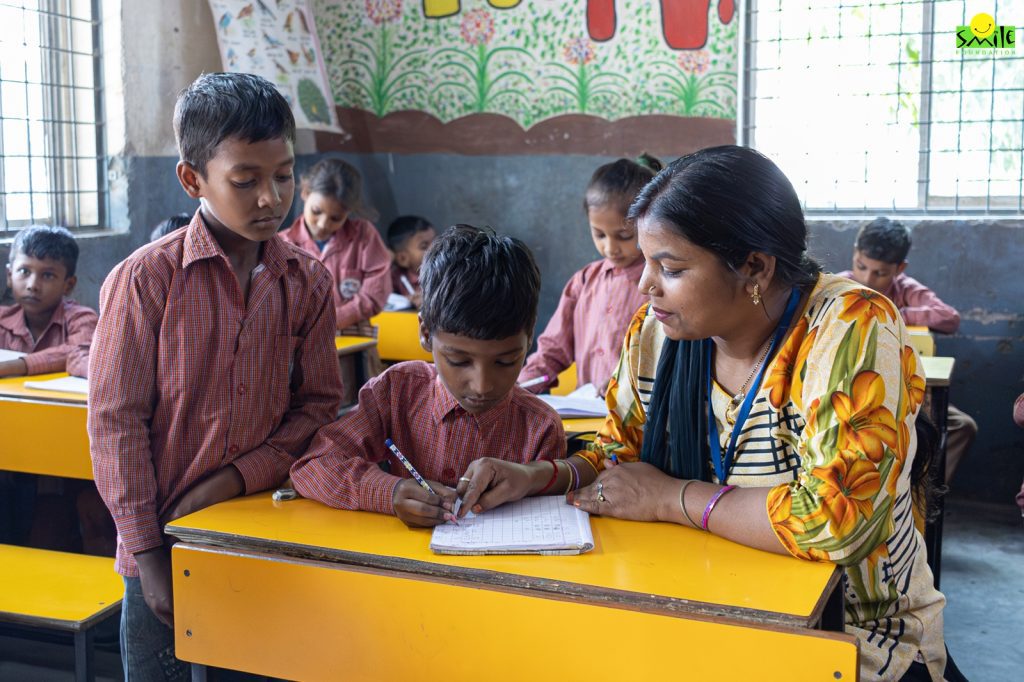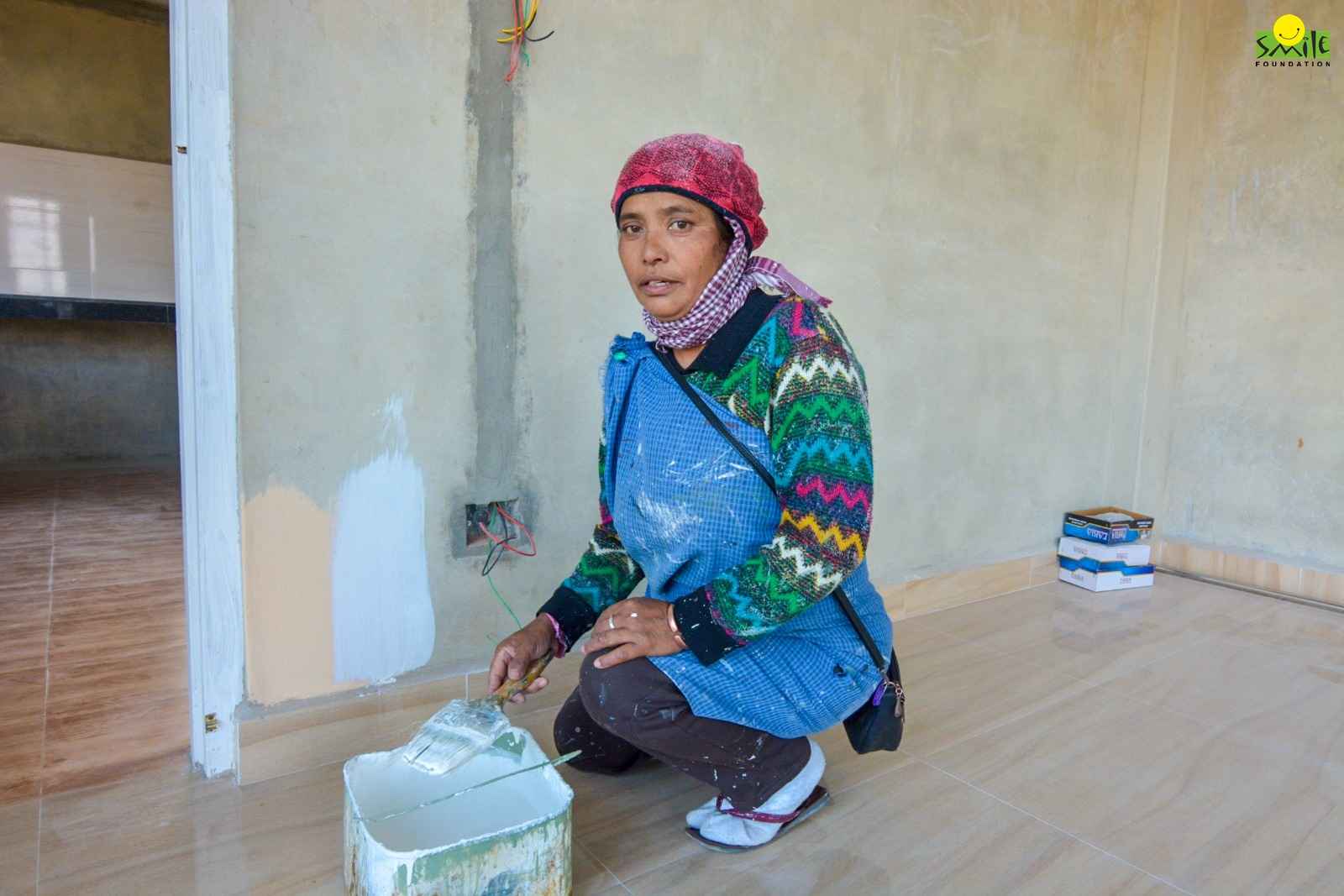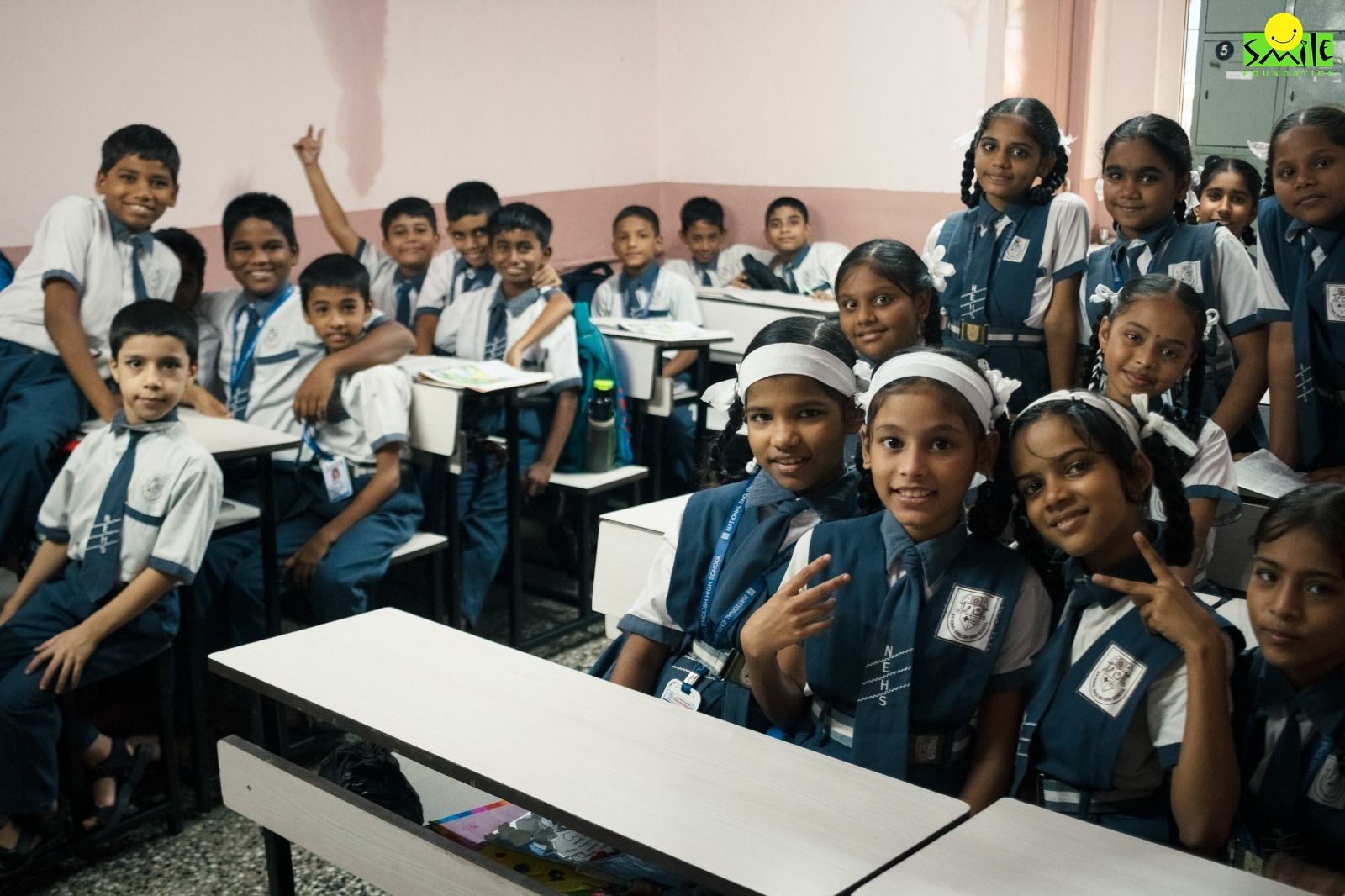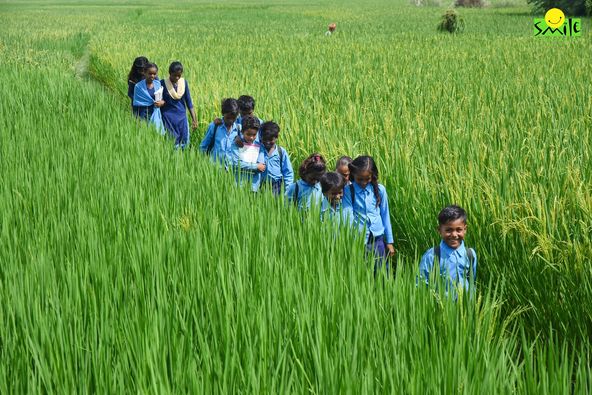In a diverse country like India, where linguistic diversity is celebrated and cherished, the question of which language should serve as the primary medium of instruction in classrooms has been a subject of continuous debate. With dozens of languages and many other dialects spoken across the nation, finding a balance between tradition and modernism becomes crucial when shaping the educational landscape.
The concept of multilingual classrooms has emerged as a potential solution to address this challenge, recognizing the importance of preserving linguistic heritage while embracing the demands of a globalized world.
The significance of multilingualism in educational settings cannot be overstated. It not only fosters a sense of inclusivity and cultural identity but also offers cognitive, academic, and socio-economic benefits to students.
According to a study conducted by UNESCO, multilingual education can enhance critical thinking skills, improve academic performance, and promote social cohesion by bridging cultural gaps within classrooms. By allowing students to learn and express themselves in their native languages, multilingual classrooms create an environment that nurtures linguistic diversity and encourages cross-cultural understanding.
Traditional approaches to education in India often prioritized a single dominant language as the medium of instruction, which limited access to quality education for many students who spoke different languages. However, the shift towards multilingual classrooms acknowledges the need to accommodate linguistic diversity and taps into the cognitive advantages associated with bilingualism and multilingualism.
The key to successfully implementing multilingual classrooms lies in striking a delicate balance between the rich linguistic traditions of India and the demands of a rapidly evolving world. By incorporating native languages into the classroom, educators can tap into students’ inherent strengths, empower them to embrace their cultural heritage and foster a sense of belonging within the educational ecosystem.
Challenges in Implementing Multilingual Classrooms
While multilingual education offers numerous benefits, its implementation also presents certain challenges and disadvantages:
Lack of Resources and Materials: Implementing multilingual education requires adequate resources, including textbooks, teaching materials, and qualified teachers proficient in multiple languages. However, in many regions, there is a shortage of resources and a lack of availability of quality educational materials in local languages, hindering the smooth implementation of multilingual classrooms.
Teacher Training and Capacity Building: Educators need specialized training to effectively teach in multilingual settings. They must be proficient in various languages and possess pedagogical strategies to address the diverse needs of students. Providing comprehensive training and professional development opportunities to teachers can be challenging, particularly in remote or underserved areas.
Language Dominance and Imbalance: In multilingual classrooms, there is a possibility of certain languages dominating over others, leading to an imbalance in language proficiency and undermining the purpose of inclusive multilingual education. Striking a balance and ensuring equitable representation of languages is crucial to avoid marginalizing students who speak less prevalent languages.
Standardized Assessments and Examinations: Developing standardized assessments and examinations that effectively evaluate students’ knowledge and skills in multilingual classrooms can be challenging. Ensuring fairness and comparability across languages and accurately measuring students’ understanding and progress in different languages require careful design and implementation.
Advantages of Multilingual Education
Multilingual education in the Indian context offers numerous advantages that contribute to the holistic development of students. By recognizing and embracing linguistic diversity within classrooms, the educational system can harness the following benefits:
Cognitive Benefits: Multilingual education enhances cognitive abilities, such as problem-solving, critical thinking, and creativity. Research has shown that multilingual individuals demonstrate greater mental flexibility and adaptability, as they are accustomed to navigating different language systems.
Improved Academic Performance: Multilingual education has been linked to improved academic performance. When students are allowed to learn in their native languages, they can better comprehend concepts, engage actively in classroom discussions, and achieve higher levels of academic success.
Cultural Preservation and Identity: Multilingual classrooms provide a platform for students to connect with their cultural roots, preserving and promoting cultural heritage. When students are encouraged to use their native languages, it instills a sense of pride and identity. This fosters a more inclusive learning environment, where students feel valued and their unique perspectives are acknowledged.
Enhanced Communication Skills: Learning multiple languages enhances communication skills and promotes effective cross-cultural communication. In a globalized world, proficiency in multiple languages equips students with a valuable skill set, enabling them to navigate diverse social and professional settings with ease.
The New Education Policy 2020 recognizes the advantages of multilingual education and advocates for its implementation in Indian schools. The policy emphasizes the importance of preserving local languages, stating that students should be given the opportunity to receive education in their mother tongue or regional language at least until Grade 5. This approach not only strengthens the foundation of students’ learning but also promotes a deeper understanding of concepts by leveraging their linguistic familiarity.
Final Thoughts
In conclusion, multilingual education in Indian classrooms holds immense potential for nurturing linguistic diversity, promoting cultural preservation, and equipping students with valuable cognitive and communication skills. While challenges such as resource constraints, teacher training, language dominance, and standardized assessments exist, they can be addressed through systematic efforts and collaborative approaches.
By recognizing and leveraging the advantages of multilingual education while finding innovative solutions to overcome the challenges, India can create a more inclusive and empowering educational system that prepares students to thrive in an increasingly interconnected world.
Smile Foundation’s flagship programme Mission Education is spread across 23 states of India. With a reach so far and diverse, it is essential for multilingual classrooms to exist and prosper well. As the world is slowly but steadily moving away from a strictly English-driven order, we must ensure that our children get an education and knowledge in languages that they relate to and understand the most.
You too can support the dreams of children living in rural-remote areas of India for whom access to quality education and teachers is a guarantee for a better life. Do make a small donation here and make a change that will last for generations.









